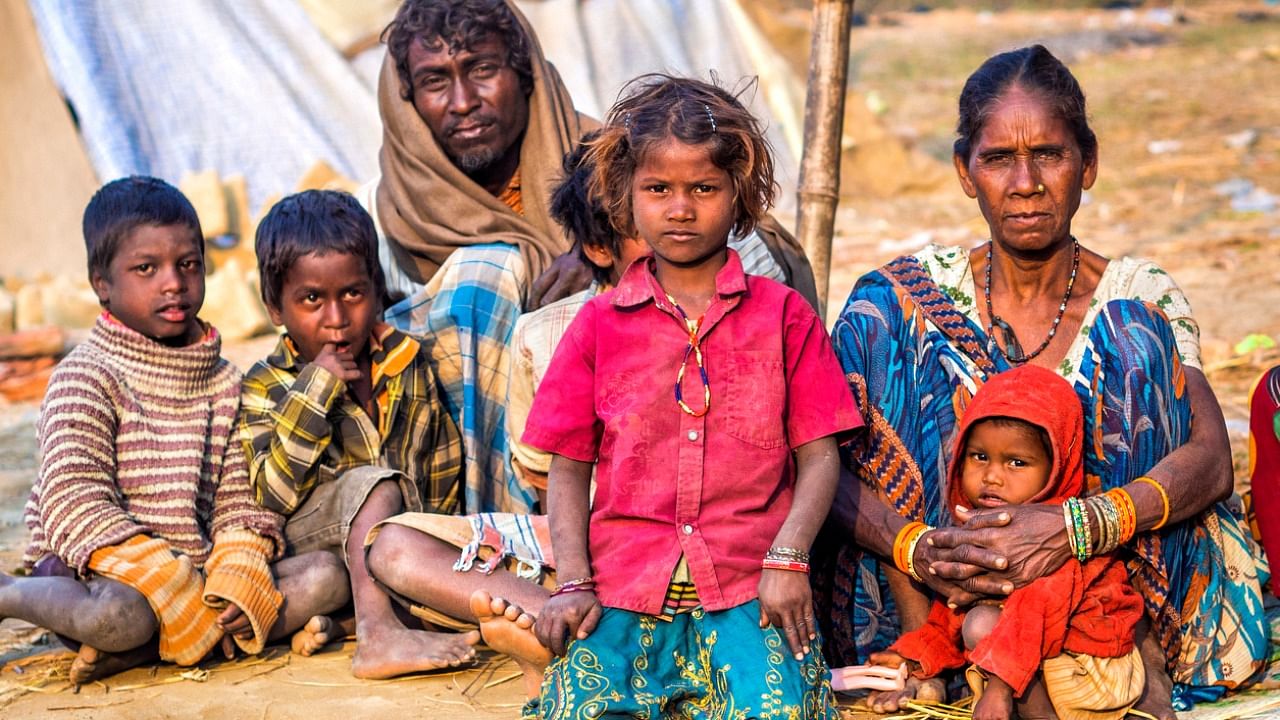Inequitable distribution of resources is a major challenge in India that has impeded access to nutrition for a sizable population and harmed children the most. According to the National Health Survey, 2015-16, every second child, aged 0-5 years, from 20% of the poorest households in India suffers from some form of undernutrition. However, the conventional indicators of stunting (height-to-age), underweight (weight-to-age) and wasting (weight to height) are based on binary cutoffs and do not reflect those children who are just around the cutoff. These children are at an elevated risk of falling in the category of undernourished. Therefore, the issue assumes urgent policy salience in the current time of distress due to the outbreak of Covid-19 pandemic and ensuing policy response that has caused catastrophic impacts on food and health delivery systems.
A recent study contextualises the sensitivity of undernutrition among poor children in India amidst Covid-induced disruption. Given the policy response of national lockdown of more than two months in India, it is plausible to assert that children from the poorest strata will succumb to dietary shock both in terms of quantity as well as quality. These shocks can be in the form of possible weight-loss among children due to Covid-19-induced economic distress among poorest households, including casual labourers who barely survive on wages even in normal times. Through household-level data from NFHS 2015-16, even with a minor weight-loss of 0.5% of body weight, the prevalence of underweight and wasting among poor children in India can increase substantially. Such a miniscule change would imply a weight loss of about 50 g for a child who weighs 10 kg. Assuming a scenario of 5% weight-loss, India will experience an increase of about 4,393,178 and 5,140,396 additional cases of underweight children and wasting. The study found that about 5 million children are at risk of falling in the wasting category of malnourishment, while an additional 2 million children are at risk of being severely wasted. Bihar, Uttar Pradesh, and Madhya Pradesh will be most affected and will account for the higher share of the possible increase in the undernutrition cases. It is critical at this juncture for these states to navigate their policy focus to remedy the current problems of such high magnitude of job-losses and mass in-migration of poor families.
India runs the risk of reverting to the old trajectory of slow improvements and compromise with the recent achievements made under POSHAN Abhiyaan. As the hardships posed by the pandemic-induced nationwide lockdown is lingering on and is expected to be further aggravated because of the bleak economic outlook for the next few quarters, the risk for about 77 million undernourished children in India is real. The vulnerability is expected to be higher particularly in rural areas as more than half of children rely on it as more than half of children from poor households rely on food supplementation from such government schemes such as Integrated Child Development Services (ICDS), and mid-day meal programme. The abrupt diversion of Aanganwadi Workers (AWWs) towards Covid-19 related tasks has disrupted their usual activities of providing food supplementation under ICDS via hot cooked meals and take-home ration, and is likely to have an adverse impact on dietary intake of children.
It is recommended to direct the policy focus towards the poorest section, as they are the section most vulnerable to these shocks and economic distress due to Covid-19 related disruptions. It is imperative at the moment to ensure a smooth and uninterrupted supply of nutritious meals and food supplements in order to maintain the nutritional status of poor children in India. Alternatively, measures such as direct cash benefits and transfers to reach out to the needy households and those from the lowest economic strata, as done by the government a few months ago, may need to be extended. It is also critical to enable ground-level functionaries (such as ASHA, AWWs) to maintain their active participation in preserving ongoing nutrition efforts such as take-home ration, and vitamins and iron supplementation to pregnant women and lactating mothers.
(The writer is Assistant Professor, Health Economics, IIHMR University, Jaipur)
